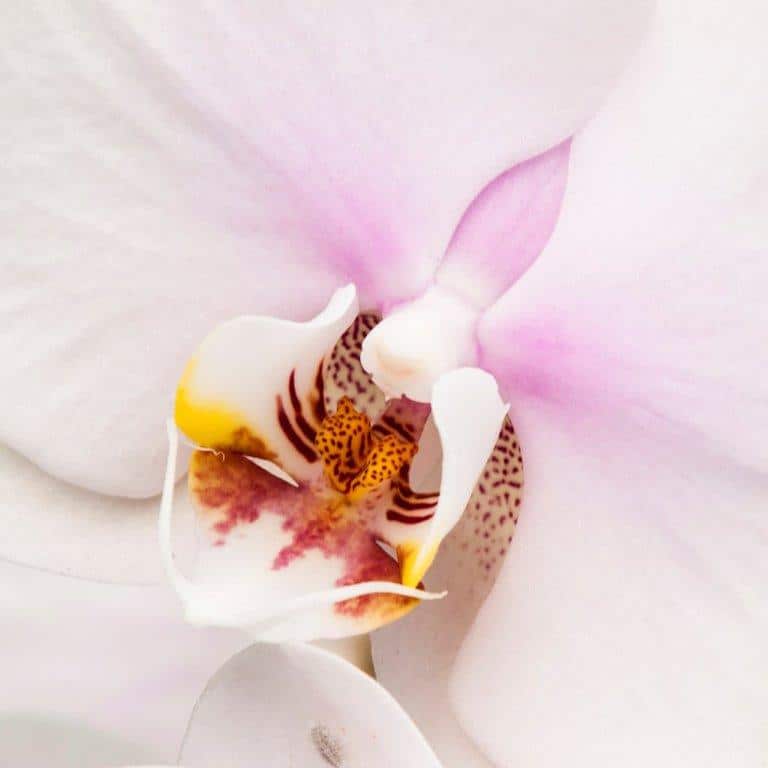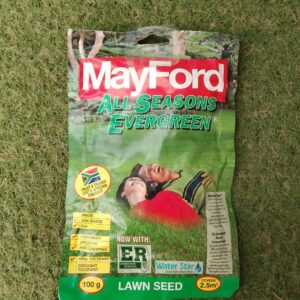The secret to extraordinary orchids
DIY and how-to

Orchids are arguably the most spectacular of all flowering plants. Adored for their bright colours and delicate forms, these striking flowers make up one of the planet’s largest groups of blooming flowers. With over 25,000 species globally, they’re available in every colour of the rainbow and brighten rooms instantly, as free-standing features or woven into arrangements.
Like all good things, orchids require some work, and their reputation for being tricky indoor plants makes some gardeners nervous. But once you understand the basics of orchid care, you’ll be able to grow and flower them year after year. Here are some useful tips to bear in mind:
How much light?
The most commonly available orchids we grow at home need bright, indirect light at a minimum, and in some cases direct sunlight. The easiest way to tell if your orchids are getting enough light is to look at the leaves:
- Bluish-green or dark green soft foliage usually means insufficient light.
- Yellow-bleached foliage, or in some cases, darker reddish mottling on leaves, can mean too much light (note that this is different from yellowed leaves caused by lack of fertiliser or as seen on a generally unhealthy plant.)
- Aim for foliage that is light green in color. If your plant blooms well, it is probably getting optimal light.
How much water?
Orchids should always be watered early in the day, so that they have time to dry out before night time. While watering frequency depends on your specific climate and the size of your plant, there are a few rules of thumb to go by:
- In general, water once a week during winter and twice a week when the weather turns warm and dry.
- Typically, a 15cm pot needs water every 7 days and a 10cm pot needs water every 5 to 6 days.
- The potting medium should always be damp, but not soggy—neither should it be allowed to get extremely dry. Test this by poking your finger or a wooden pencil into the pot; if it feels moist to the touch or if the pencil looks moist, do not add any more water.
- Orchids thrive best on rain water, rather than the chemically treated water that comes out of a tap.
And once they flower?
Once your orchid has bloomed, the flowering stem (also known as the ‘scape’ or ‘spike’) will usually need to be removed. This is important for the health of the plant and will encourage it to bloom well again next season.
You might also like
Shop online
-
- Sale!
CANDICE CARAMEL POT COVER
- Original price was: R129.99.R90.99Current price is: R90.99.
- Add to cart Learn More
-
LASHER SECATEURS
- R199.99
- Add to cart Learn More




